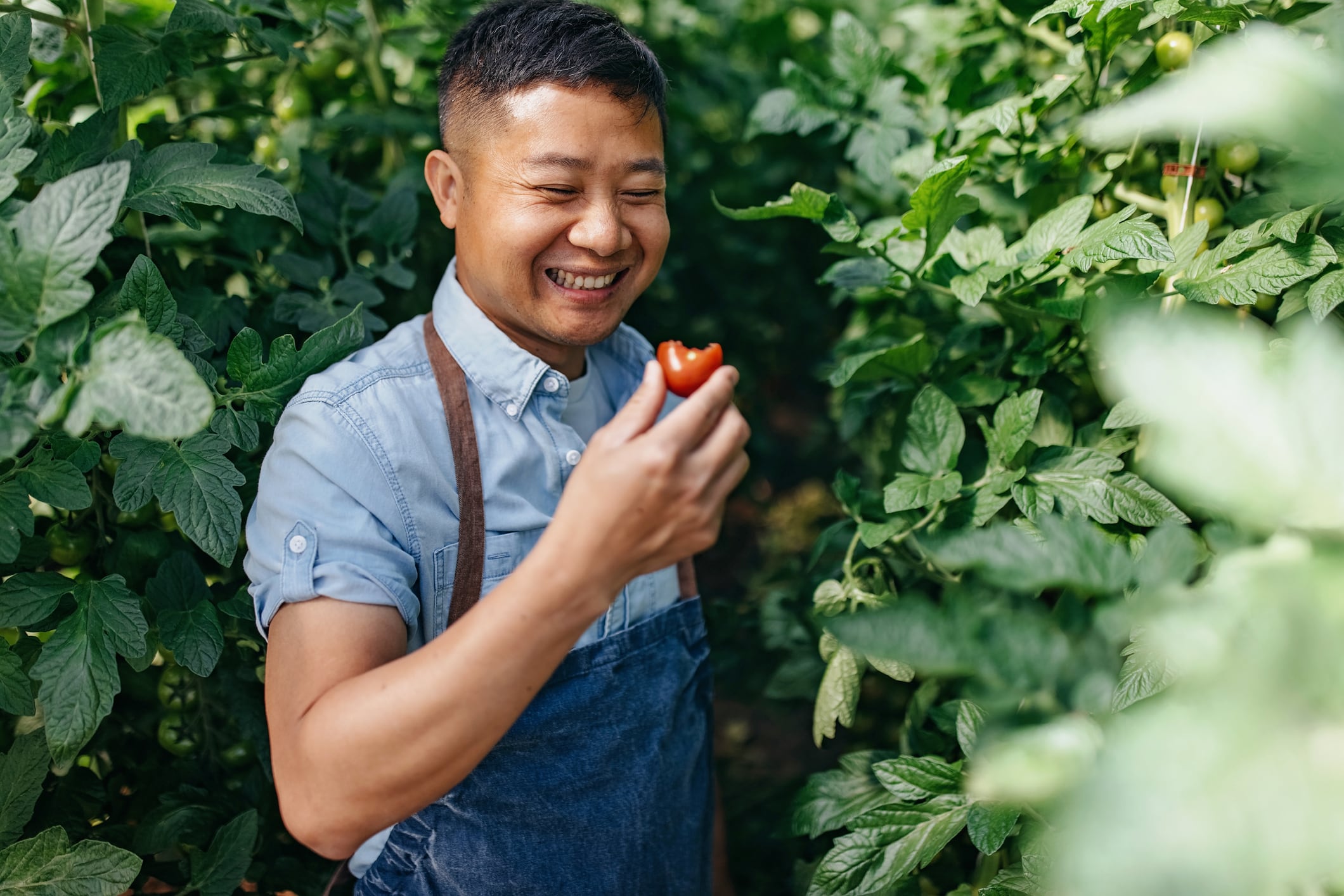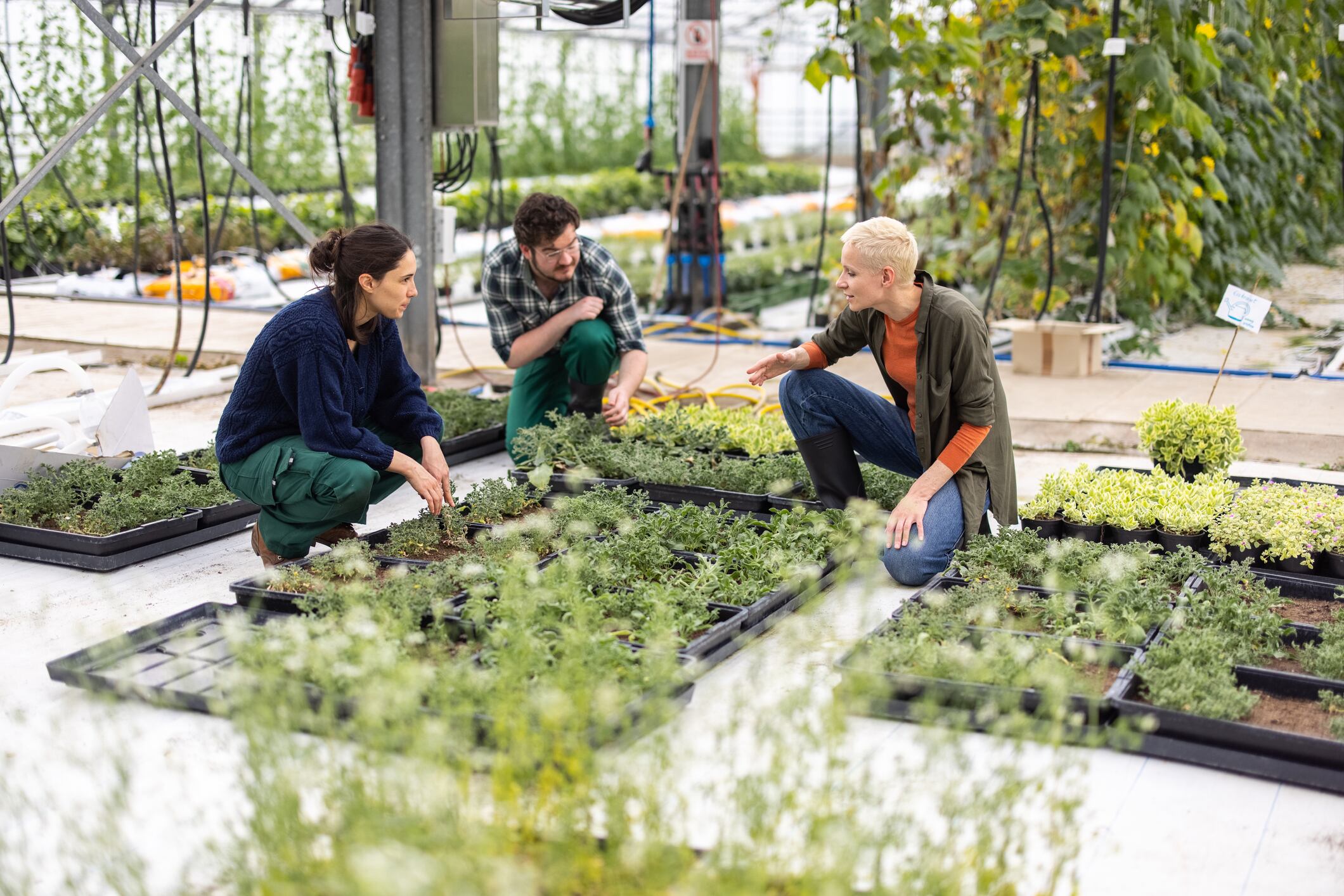Rice cultivation has a long history in Madagascar, with rice being a staple food in the country. However, due to the lack of high-quality rice seeds and mature planting techniques, rice production had not been able to fully meet local needs.
Since 2007, China and Madagascar have sealed partnerships on hybrid rice varieties.
At the recently concluded China-Africa Leaders’ Dialogue held in Johannesburg, Chinese President Xi Jinping said that China will help Africa expand grain planting, encourage Chinese companies to increase agricultural investment in Africa, and enhance collaboration in various areas of agritech.
The plan is to help Africa achieve food self-sufficiency and independent sustainable development, promote food production in Africa and ensure food security, and realise agricultural modernisation.
The Madagascan story
Before the 1970s, Madagascar was a rice-exporting nation, with its products mainly supplied to neighbouring countries. As the level of rice planting declined sharply, output continued to fall, and it eventually became a rice-importing country.
In August 2007, Hunan Academy of Agricultural Sciences established a hybrid rice demonstration centre in Madagascar — one of the 10 major agricultural demonstration zones to be built by China in African countries.
In the beginning, the planting of Chinese hybrid rice in Madagascar did not sow good results, said Hu Yuefang from the Academy.
It was found that the effect was compromised due to several reasons. For one, the lack of high-quality seeds caused the yield to be “extremely low”, with an average of less than five tonnes per hectare.
This led Hu and his team to visit almost all of the rice-growing areas in the country to find the hybrid rice varieties most suited for local climate and soil conditions.
Apart from the long time it took to transport seeds from China, the local people distrusted Chinese hybrid rice, and preferred to use their original seeds and cultivation methods.
To resolve these issues, Chinese companies set up breeding bases in Madagascar to achieve localisation of seed production.
In 2012, three high-yielding hybrid rice strains, which showed stronger resistance to diseases and insects, were approved by the local government. These were the first hybrid rice varieties successfully bred in Africa by China.
The only overseas branch of the China National Hybrid Rice R&D Center opened in Madagascar in May 2019, and the China-FAO South-South Cooperation Programme Madagascar Project was launched at the end of the same year.
According to Hu, the cumulative cultivation area of Chinese hybrid rice in Madagascar has reached more than 50,000 hectares, with an average yield of about 7.5 tonnes per hectare.
Teaching a man to fish
Africa is armed with advantageous conditions for agricultural production.
Yet, to achieve independent and sustainable development, agricultural modernisation is an important underpinning for African countries, which face constraints such as lack of funding, insufficient infrastructure and equipment, incomplete industrial and supply chains, and outdated methods.
Madagascar is only part of a bigger picture driving the Chinese government’s agricultural cooperation with Africa.
As early as mid-1970s, China sent a team of agricultural experts to expand the irrigation area, introduce rice to Uganda, and guide local farmers on how to boost production, gradually transforming the Butaleja region into a rice paddy town.
Following the implementation of the China-FAO-Uganda South-South Cooperation Project in 2012, hybrid rice was brought into Uganda to further bolster the industry.
According to Zhang Xiaoqiang, head of the team, the project has achieved phased results.
Significant progress has been made in new crop varieties. For instance, the team carried out field trials of nearly 30 crop varieties, such as rice, millet, sorghum and pepper, and established 10 demonstration projects for high-yield cultivation of hybrid rice and foxtail millet in an area of 80 hectares.
In particular, foxtail millet has been cultivated on a scale of approximately 2,023 hectares, involving nearly 1,000 farmers and providing employment for more than 2,500 people.
“The China-Uganda agricultural cooperation teaches a man to fish, rather than giving him fish. Through hands-on technology transfer, local farmers are assisted in adopting new crop varieties and mastering new techniques, while improving output and production capacity,” Zhang said.





